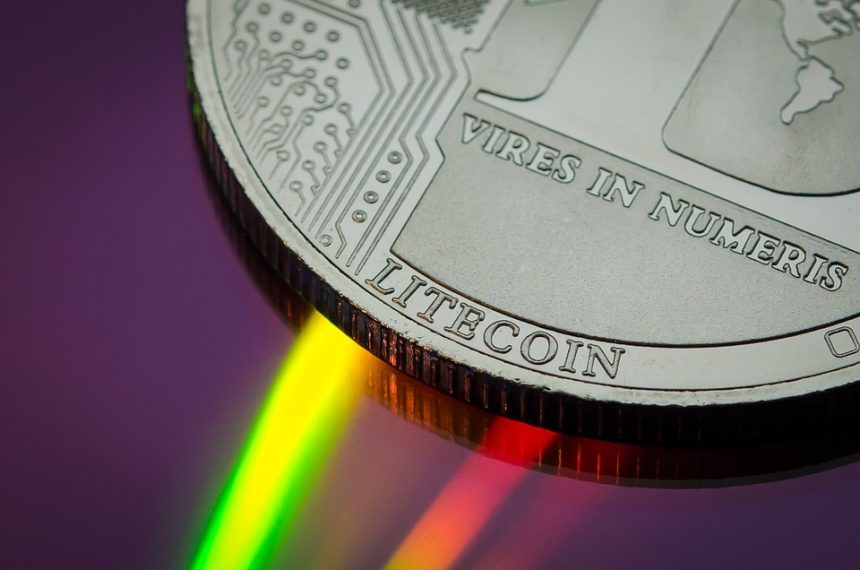As the decentralized finance (DeFi) landscape continues to expand at an astounding pace, the limitations of existing blockchain networks become increasingly apparent. High gas fees, scalability issues, and slow transaction speeds have pushed developers and users alike to seek better solutions. Enter Layer 2 (L2) solutions: a transformative approach that holds the potential to revolutionize DeFi protocols and blockchain technology as a whole.
Understanding Layer 2 Solutions
Layer 2 solutions refer to protocols built on top of existing blockchain networks (Layer 1) that enhance their capabilities. By allowing transactions to occur off the main chain while still benefiting from the security of Layer 1, these solutions significantly reduce congestion on the primary blockchain. This setup enhances scalability while lowering transaction costs—two critical factors necessary for DeFi’s sustained growth and adoption.
Some prominent Layer 2 technologies include state channels, rollups, and sidechains. Each of these approaches offers different trade-offs regarding transaction speed, interoperability, and security.
1. State Channels
State channels allow users to conduct multiple off-chain transactions without needing to involve the main blockchain for each exchange. By opening a channel, participants can make as many transactions as they like, which are only settled on the blockchain when the channel is closed. This technology allows for near-instantaneous transactions and minimal fees, making it ideal for applications like microtransactions and gaming.
2. Rollups
Rollups bundle multiple transactions into a single batch and then send that batch back to the main chain for final settlement. There are two major types of rollups: Optimistic Rollups and Zero-Knowledge (ZK) Rollups. Optimistic Rollups assume that all transactions are valid, only checking for fraud when disputes arise, while ZK Rollups use cryptographic proofs to validate transactions, ensuring higher security. Rollups can dramatically increase throughput while reducing gas fees for users.
3. Sidechains
Sidechains are independent blockchains that run in parallel to the main chain. They utilize their own consensus mechanisms and can operate with different parameters than the main blockchain, allowing for greater flexibility. Sidechains are often used to offload specific functions like asset trading or complex smart contracts, enhancing overall system performance and decreasing the load on the main chain.
The Rise of Layer 2 DeFi Protocols
With the challenges faced on Layer 1 networks like Ethereum, several DeFi protocols are beginning to migrate or integrate Layer 2 solutions. Here are some noteworthy protocols that have adopted L2 strategies:
1. Uniswap on Arbitrum & Optimism
Uniswap, one of the leading decentralized exchanges, expanded its reach by leveraging Layer 2 solutions like Arbitrum and Optimism. This transition allows users to trade tokens with significantly lower fees while maintaining the liquidity and security Uniswap is known for.
2. Aave on Layer 2
Aave, a decentralized lending platform, also tapped into Layer 2 scalability through its launch on Polygon (formerly Matic). By operating on a Layer 2 framework, Aave can offer lower borrowing and lending fees, enhancing its appeal to users who want to maximize their yield farming strategies without being bogged down by high gas costs.
3. SushiSwap and Layer 2 Expansion
SushiSwap, another prominent decentralized exchange, has embraced a multi-chain strategy with bridges to Layer 2 solutions, enriching its ecosystem. Through integrations with platforms like Polygon and Arbitrum, SushiSwap enhances access to liquidity while reducing transaction costs, enabling a smoother user experience.
Benefits and Challenges of Layer 2 Solutions
Benefits
- Enhanced Scalability: L2 solutions dramatically increase transaction throughput, making it possible for countless users to interact with DeFi platforms simultaneously.
- Reduced Costs: By lowering gas fees, Layer 2 solutions encourage broader participation from new users and smaller investors who might be deterred by high transaction costs on Layer 1 networks.
- Faster Transactions: Instantaneous interactions that occur off-chain vastly improve the user experience, making DeFi protocols more practical for everyday use.
Challenges
- Complexity: Integration between Layer 1 and Layer 2 solutions can be complex, requiring a robust understanding of both networks for developers.
- Security Risks: While Layer 2 solutions benefit from Layer 1’s security to some extent, they also introduce new potential vulnerabilities, such as those stemming from application-specific smart contracts.
- User Adoption: Transitioning users to L2 solutions involves addressing the learning curve and incentivizing them to embrace new technology.
Conclusion
Layer 2 solutions are emerging as a cornerstone of the next generation of DeFi protocols. With their promise of scalability, reduced costs, and improved user experience, they pave the way for a more accessible and robust decentralized financial ecosystem. As DeFi continues to evolve, understanding and adopting Layer 2 technologies will be crucial for developers and investors alike, ensuring that the vision of an open, inclusive financial future becomes a reality. The journey of exploring and implementing Layer 2 solutions is just beginning, but its potential impact on the DeFi landscape is nothing short of revolutionary.





